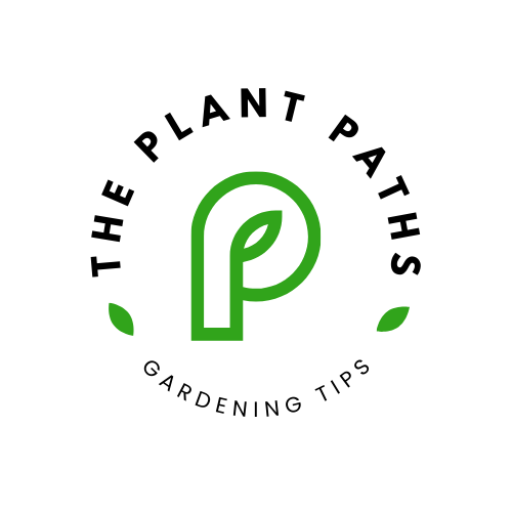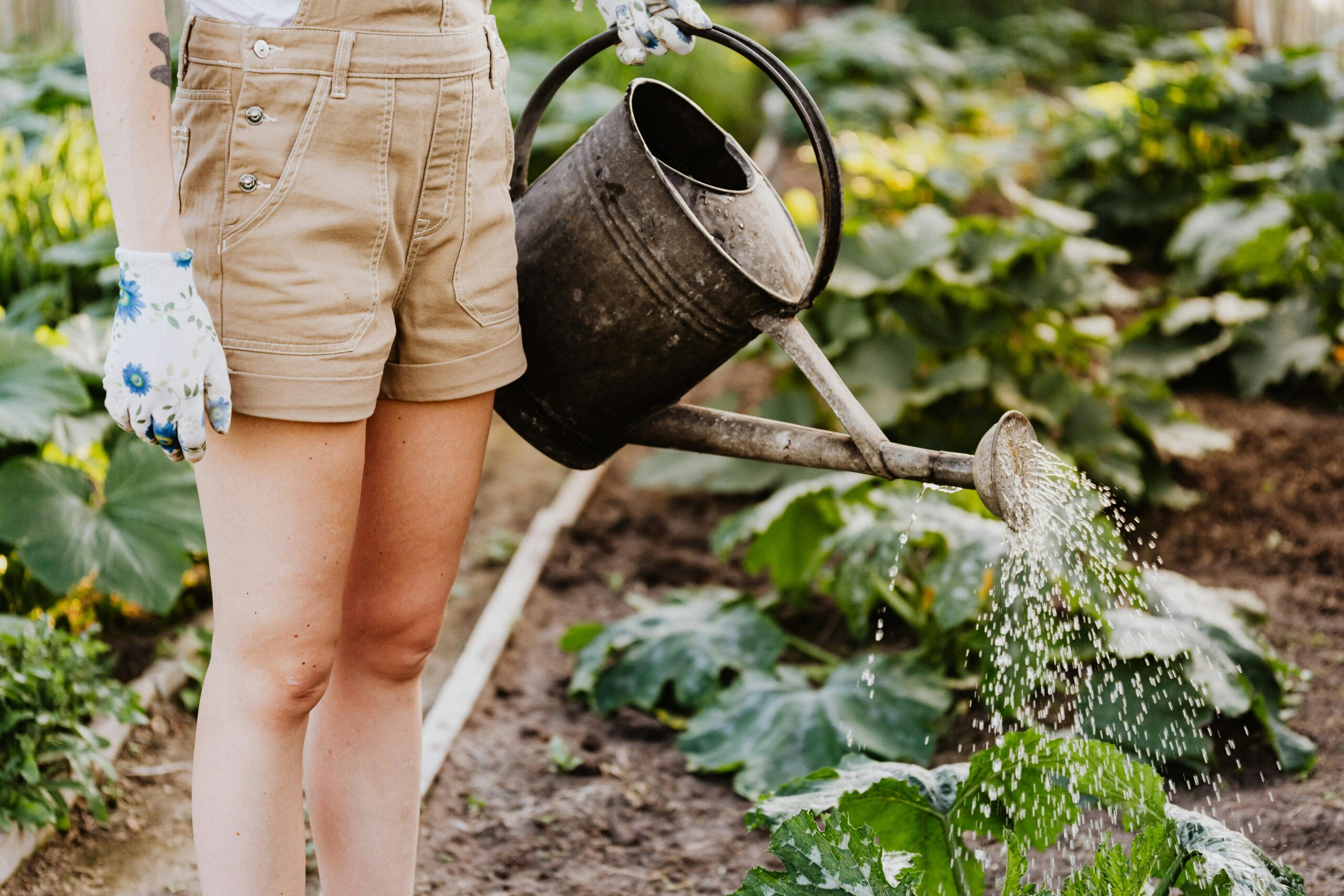Creating a beautiful garden in a small area doesn’t have to be labor-intensive or time-consuming. With thoughtful planning and the right approach, you can design a low-maintenance garden that thrives with minimal effort. This guide will walk you through the steps to establish a manageable garden in a compact space, ensuring you enjoy the beauty of greenery without the stress of constant upkeep.
1. Assess Your Space and Conditions
Before diving into the design, it’s essential to evaluate the available space and its unique characteristics. Consider factors such as sunlight, soil quality, and drainage. These factors will determine which plants are most likely to flourish in your garden. For example, if your space gets a lot of sunlight, you’ll need plants that can tolerate full sun. If it’s a shaded area, opt for shade-loving varieties. Understanding these details will help you choose plants that require less maintenance and are more likely to flourish.
2. Choose Low-Maintenance Plants
Choosing the appropriate plants is essential for maintaining a low-maintenance garden. Opt for native plants that are well-adapted to your local climate and soil. These plants generally need less water, fertilizer, and pest management. Drought-tolerant plants, such as succulents, lavender, and ornamental grasses, are also excellent choices for low-maintenance gardening. Additionally, perennials, which return year after year, are more sustainable and less demanding than annuals that need replanting each season.
3. Incorporate Containers and Raised Beds
Using containers and raised beds is an effective strategy for managing a small garden space. Containers allow you to control soil quality and drainage more effectively, reducing the chances of plant diseases and pests. Raised beds can help improve soil structure and make it easier to reach plants, cutting down on weeding and other maintenance tasks. Both options make your garden more manageable and reduce the time needed for upkeep.
4. Use Ground Covers to Reduce Weeding
Weeding is one of the most labor-intensive tasks in gardening. To minimize this, consider planting ground covers. Ground cover plants, such as creeping thyme, sedum, or mondo grass, spread quickly and fill in empty spaces, making it difficult for weeds to take root. These plants not only reduce maintenance but also add visual appeal with their dense foliage and, in some cases, flowers. Mulching around your plants also helps suppress weeds while retaining moisture in the soil, reducing the need for frequent watering.
5. Install an Efficient Irrigation System
Watering can be one of the most labor-intensive aspects of maintaining a garden. To save time and ensure consistent moisture, consider installing a drip irrigation system or soaker hoses. These systems deliver water directly to the base of the plants, reducing evaporation and water waste. Additionally, using a timer with your irrigation system ensures your plants are watered regularly without manual effort, allowing you to “set it and forget it.”
6. Opt for Low-Maintenance Garden Design
When planning your garden layout, think about designs that require less upkeep. For example, grouping plants with similar water and sunlight needs together can simplify care. Consider using hardscaping elements like gravel, stone pathways, or decorative pebbles to reduce the planting area and minimize maintenance. Incorporating larger shrubs or small trees can create structure and reduce the need for constant planting and pruning.
7. Keep It Simple with Minimal Plant Varieties
A garden with a wide variety of plants can be beautiful but often requires more attention and care. For a low-maintenance approach, limit the number of plant varieties. Choose a few hardy, reliable species that provide color, texture, and structure throughout the year. This strategy simplifies watering, pruning, and pest control, making your garden easier to manage.
8. Use Slow-Release Fertilizers
Feeding your plants is essential for their growth, but it doesn’t have to be a frequent chore. Slow-release fertilizers are a great option for a low-maintenance garden because they provide nutrients over an extended period, reducing the need for regular fertilization. They also minimize the risk of over-fertilizing, which can harm plants and require corrective action.
9. Incorporate Easy-to-Maintain Garden Furniture and Features
Adding garden furniture and features like benches, birdbaths, or sculptures can enhance the appeal of your small space without adding to the maintenance burden. Choose durable, weather-resistant materials that require minimal upkeep. Avoid cluttering your garden with too many features, as this can make the space feel smaller and require more maintenance.
10. Regular, Light Maintenance Is Key
While the goal is to minimize gardening tasks, regular, light maintenance is more effective than infrequent, heavy tasks. Spend a few minutes each week checking for weeds, pruning dead branches, and monitoring your plants for signs of pests or diseases. This proactive approach prevents small issues from becoming big problems, saving you time and effort in the long run.
Conclusion
Planning a low-maintenance garden in a small area is all about smart choices and simplicity. By selecting the right plants, using efficient gardening techniques, and incorporating practical design elements, you can create a beautiful garden that requires minimal care. The key is to focus on sustainability, efficiency, and thoughtful planning. With these strategies, you can enjoy the benefits of gardening without it becoming a time-consuming chore, making it a relaxing and rewarding experience in your limited space.

